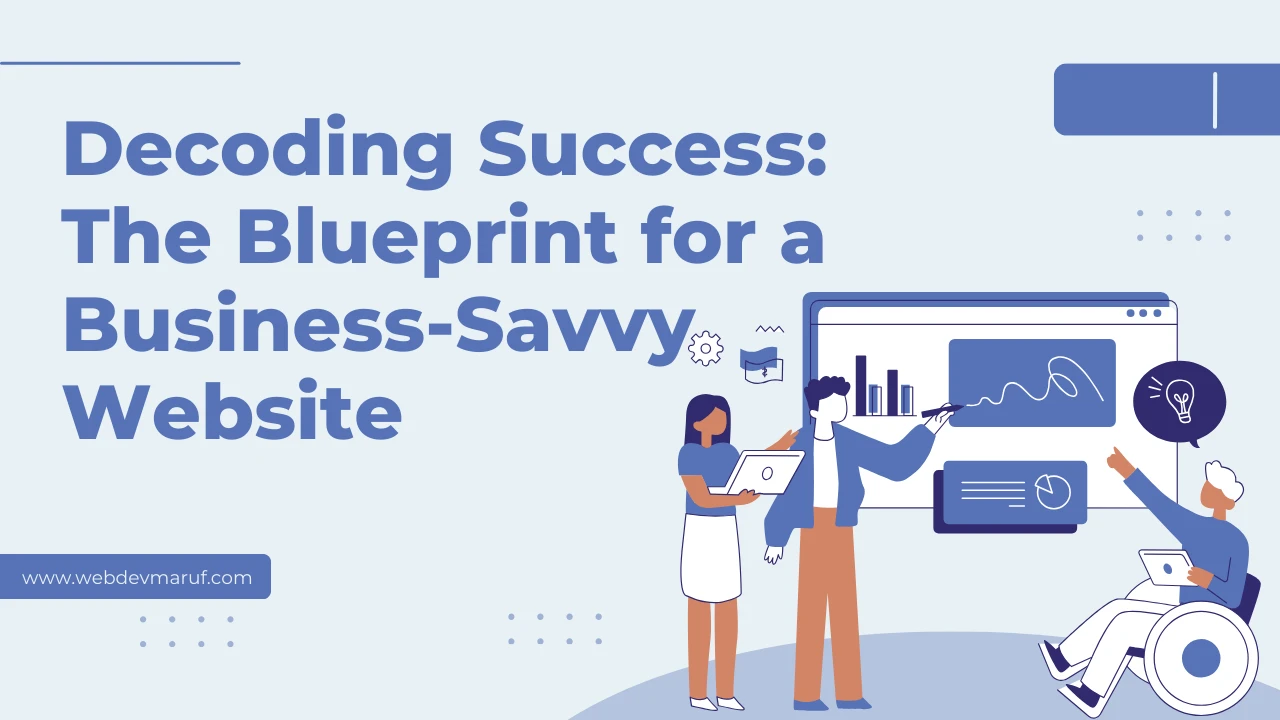In the digital age, a business’s online presence is paramount to its success. A well-designed website serves as the virtual storefront, welcoming potential customers and converting leads into loyal patrons. However, the journey to crafting a successful business website isn’t merely about aesthetics; it’s about strategic planning, user experience, and search engine optimization (SEO). Let’s delve into the key ingredients that make a website a powerful tool for business growth.
1. Responsive Design: Catering to Every Device
In a world where users access the internet through various devices, responsiveness is non-negotiable. A responsive website adapts seamlessly to different screen sizes, ensuring optimal viewing experience across desktops, tablets, and smartphones. Google prioritizes mobile-friendly websites in its search rankings, making responsiveness not just a convenience but a necessity for SEO.
2. SEO Optimization: Climbing the Ranks
Visibility is the cornerstone of online success. Employing SEO best practices ensures that your website ranks higher in search engine results pages (SERPs), driving organic traffic and increasing brand exposure. Integrate relevant keywords, meta tags, and optimized content to enhance your website’s discoverability and attract qualified leads.
3. User-Centric Design: Navigating with Ease
User experience (UX) and user interface (UI) design play pivotal roles in shaping visitor interactions. A user-centric approach focuses on intuitive navigation, clear calls-to-action (CTAs), and engaging visuals to guide users seamlessly through the website. By prioritizing usability and accessibility, businesses foster positive experiences that foster brand loyalty and encourage conversions.
4. Compelling Content: Inform, Engage, Convert
Content is king, and quality reigns supreme. From captivating headlines to informative blog posts, compelling content captivates audiences, establishes authority, and drives conversions. Incorporate multimedia elements, such as videos and infographics, to enhance engagement and communicate your brand’s message effectively.
5. Speed Optimization: Need for Speed
In the fast-paced digital landscape, every second counts. Website speed directly impacts user experience and search engine rankings. Employ optimization techniques, such as minimizing image sizes, leveraging browser caching, and utilizing Content Delivery Networks (CDNs), to ensure swift loading times and reduce bounce rates.
6. Secure Transactions: Building Trust
Security is paramount, particularly for websites handling sensitive information or facilitating transactions. Implement SSL certificates, encryption protocols, and secure payment gateways to safeguard customer data and instill trust. Prioritize transparency and reassure visitors of their privacy and security to foster confidence in your brand.
7. Analytics and Iteration: Continual Improvement
The journey to success doesn’t end with website launch; it’s an ongoing evolution. Utilize analytics tools to track user behavior, monitor performance metrics, and gain insights into areas for improvement. Iterate based on data-driven decisions, testing and refining strategies to enhance user experience, optimize conversions, and drive business growth.
In conclusion, a successful business website is a harmonious blend of design, functionality, and strategy. By prioritizing responsiveness, SEO optimization, user-centric design, compelling content, speed optimization, security, and continual iteration, businesses can create a digital presence that not only attracts visitors but converts them into loyal customers. Embrace these best practices, and unlock the full potential of your online endeavors.



